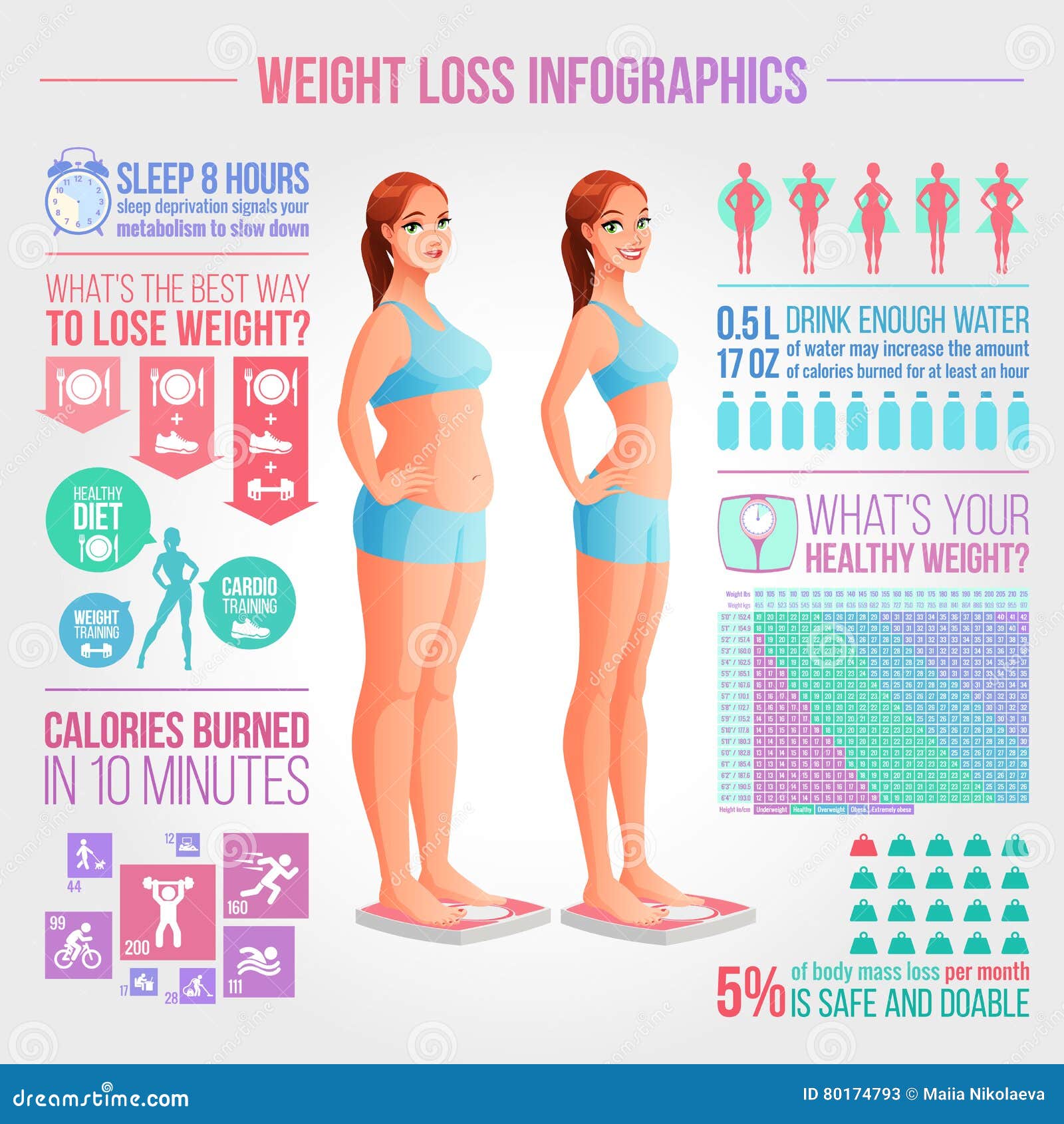What You Need To Know About Cold Laser Therapy
What You Need To Know About Cold Laser Therapy
Blog Article
What to Anticipate Throughout a Cold Laser Method Session
Cold laser therapy is a non-invasive, pain-free treatment that helps reduce swelling and increases cell regrowth. It is a risk-free alternative to intrusive procedures and usually has instant outcomes.
Laser photons initiate a domino effect of chemical reactions within the cell that decrease discomfort, swelling, and speed up healing. It increases blood flow to the area by generating vasodilation.
What to Expect
Cold laser therapy is a non-invasive therapy that uses low-level laser light to pass through deep right into hurt tissues, causing cell feature on multiple degrees to promote cells healing. This helps in reducing pain and swelling, while promoting muscle contractions and regrowth.
Throughout a session, you'll sit or lie down pleasantly and the specialist will mark the areas on your body that requirement to be treated. The professional then uses a small portable gadget with the laser to the location. During the treatment, you might feel a slight tingling or heat in the area of your injury.
Before starting therapy, it's important to clean up the area of your injury and eliminate any fashion jewelry or other items that could obstruct of the laser's path. It's likewise vital to prevent any type of combustible materials that could be in the area of the laser light beam. This will ensure your security and the performance of the treatment.
Prep work
Cold laser therapy works by radiating light externally of your skin. The light is absorbed by the top layer of your skin and afterwards boosts the cells to produce energy that promotes recovery.
Throughout the treatment, you may really feel a warm or prickling experience in the area that is being treated. This is totally regular, though you should let the professional recognize if the sensation is unpleasant or as well solid.
This therapy has a lot of guarantee for assisting individuals with traumatic brain injury (TBI). The treatment is non-invasive and doesn't have any type of adverse negative effects. Nonetheless, more research is needed to identify the ideal therapy procedure. The most effective means to figure out if you are a candidate for this type of treatment is to consult with a trained physical therapist. They will be able to help you determine if cold laser treatment is right for you.
The Treatment
Once the specialist has appropriately placed you for therapy, they will certainly after that place the cold laser gadget on the hurt location. They might maintain it on for 30 secs or longer, relying on the dimension of the injury and its level of sensitivity. They will use protective goggles to ensure that the laser does not straight strike the eyes, and they will certainly see to it that you are protected from any kind of glow that can take place.
You may feel a slight tingling sensation on the location that is being dealt with, however it will not be unpleasant or unpleasant. This is a sign that the laser is functioning to boost the recovery process in the affected cells.
A lot of clients experience pain alleviation within a few sessions, with some seeing lasting results even after a number of months of treatments. It is important to keep in mind that LLLT is not indicated as a sole therapy for any kind of chronic pain problem and it need to be paired with other healing methods in order to achieve optimal outcomes.
Post-Treatment
After you lie down or rest, the specialist will utilize a wand with a collection of light-emitting diodes to target your discomfort site. You will certainly use safety eye safety glasses, and the laser may be hung on your skin for 30 to 60 seconds. You may really feel a gentle, comforting experience during the therapy.
The photons from the laser permeate deep right into your cold laser therapy tissue, setting off a recovery action on a cellular degree. Unlike other kinds of laser treatment, this low-intensity method does not produce heat.
Some researches have revealed that cold laser treatment is effective in dealing with a number of problems, including persistent pain and injuries. However, it is much less commonly accepted as a typical clinical practice, and it isn't covered by several medical insurance plans. Additionally, it is not advised to be used over any type of suspicious malignant lesions or cancers or on pregnant ladies. You should always seek advice from your oncologist prior to seeking this form of therapy.